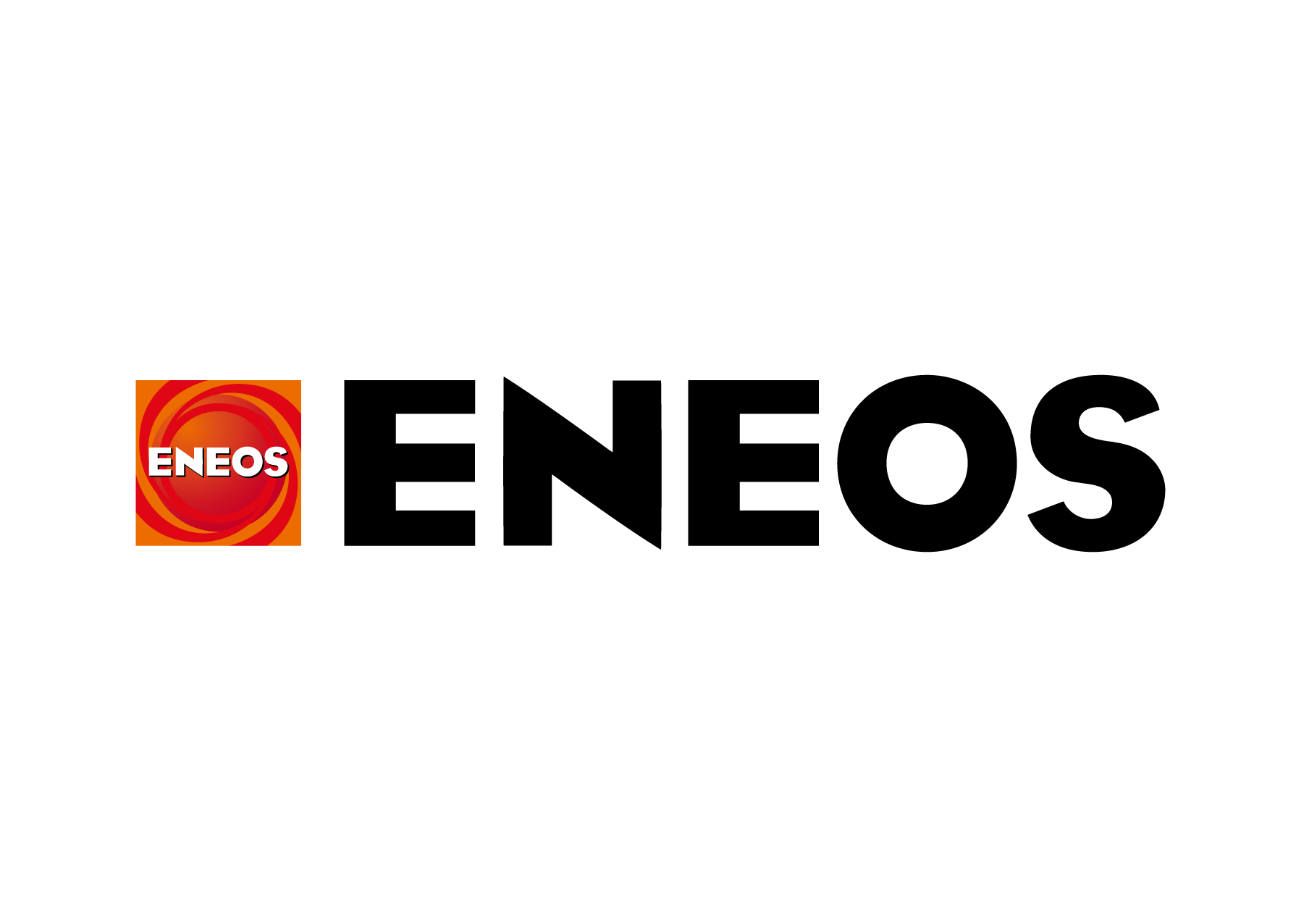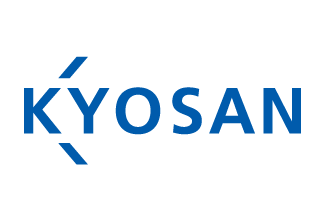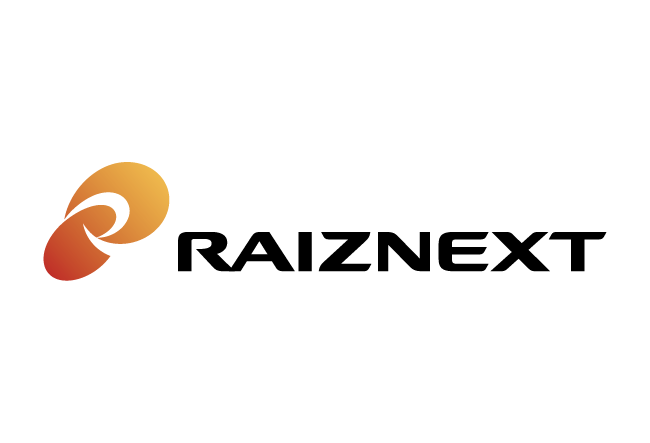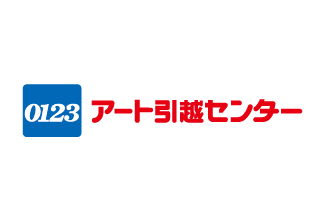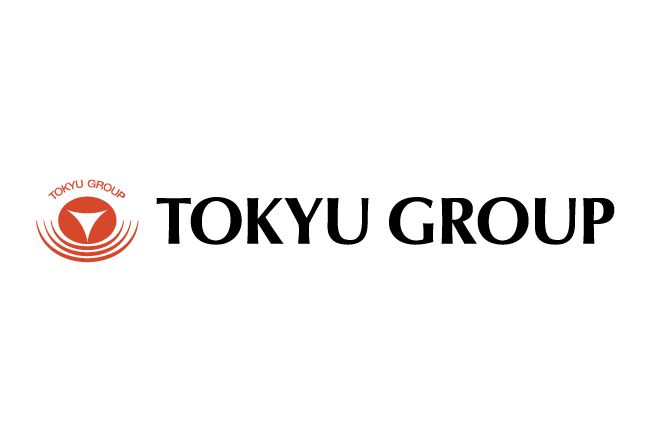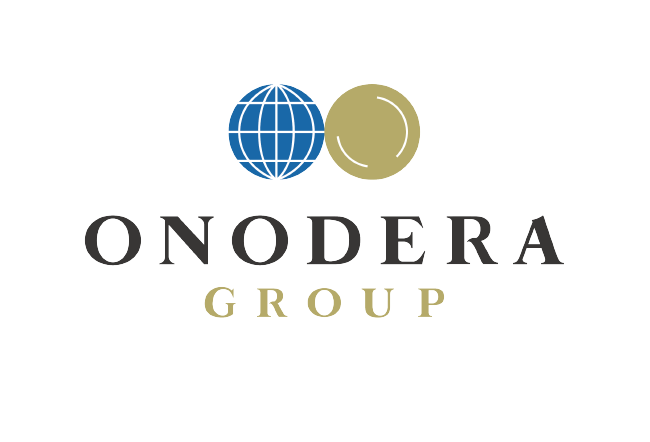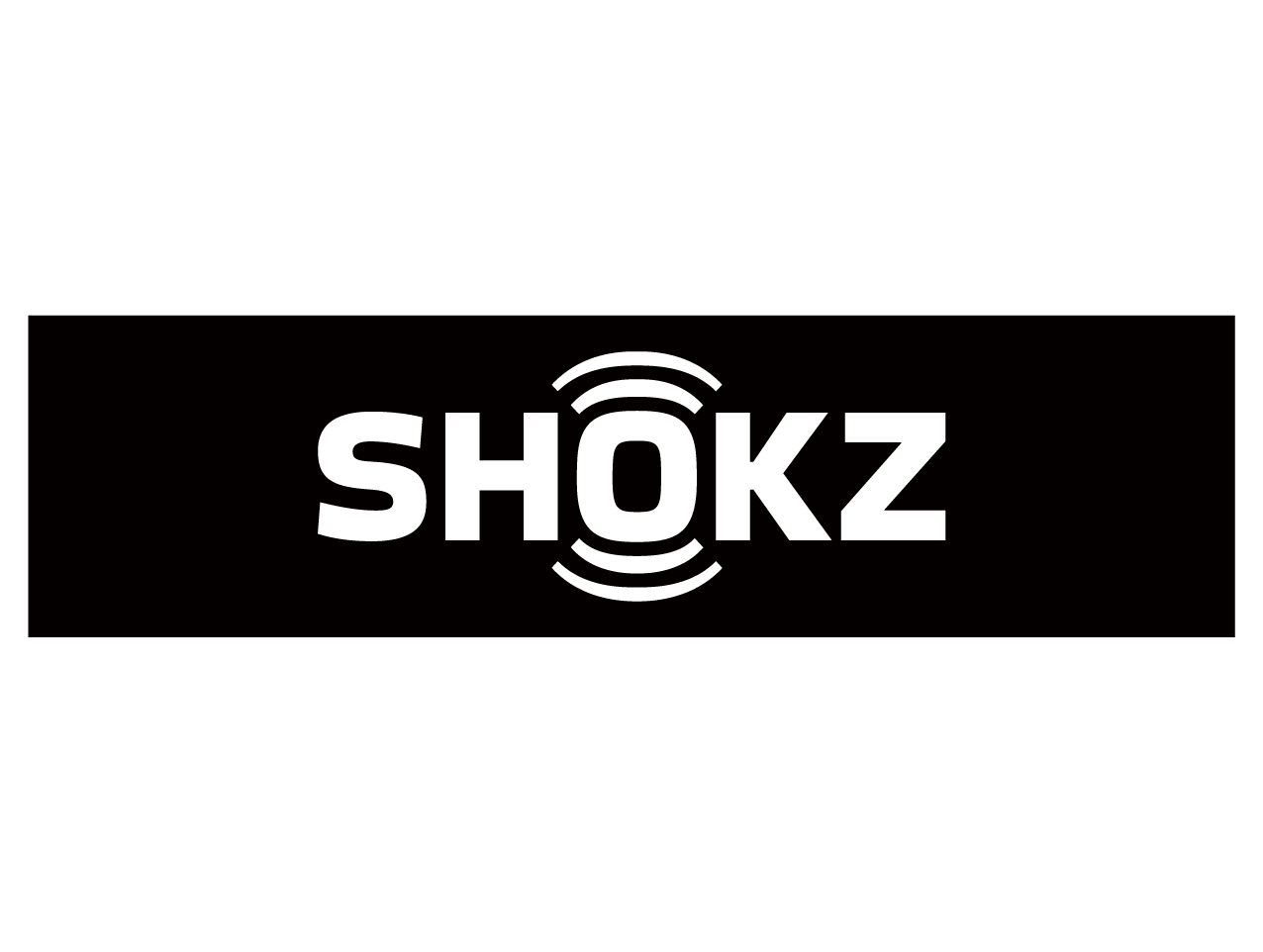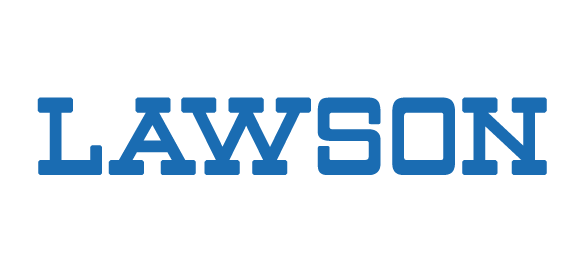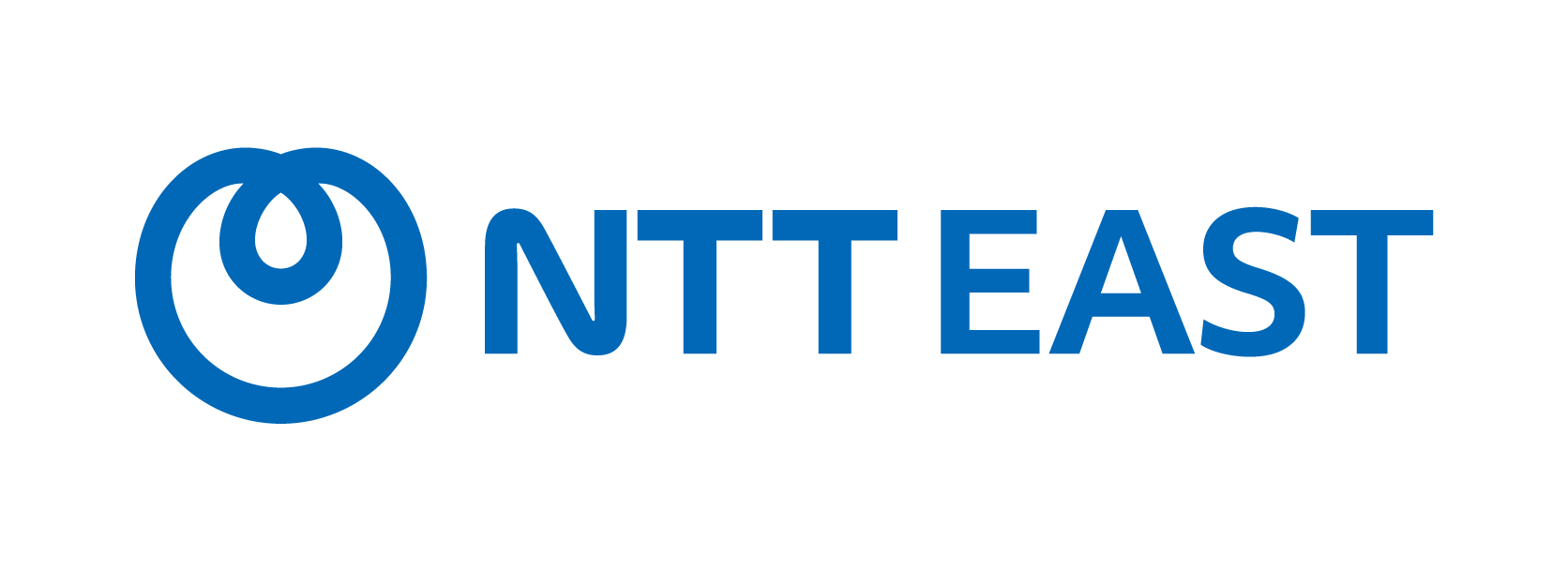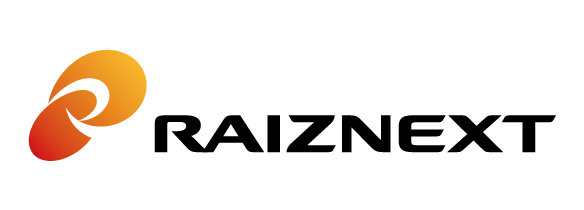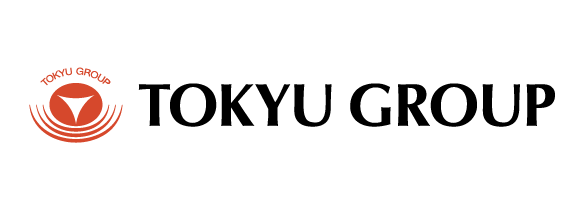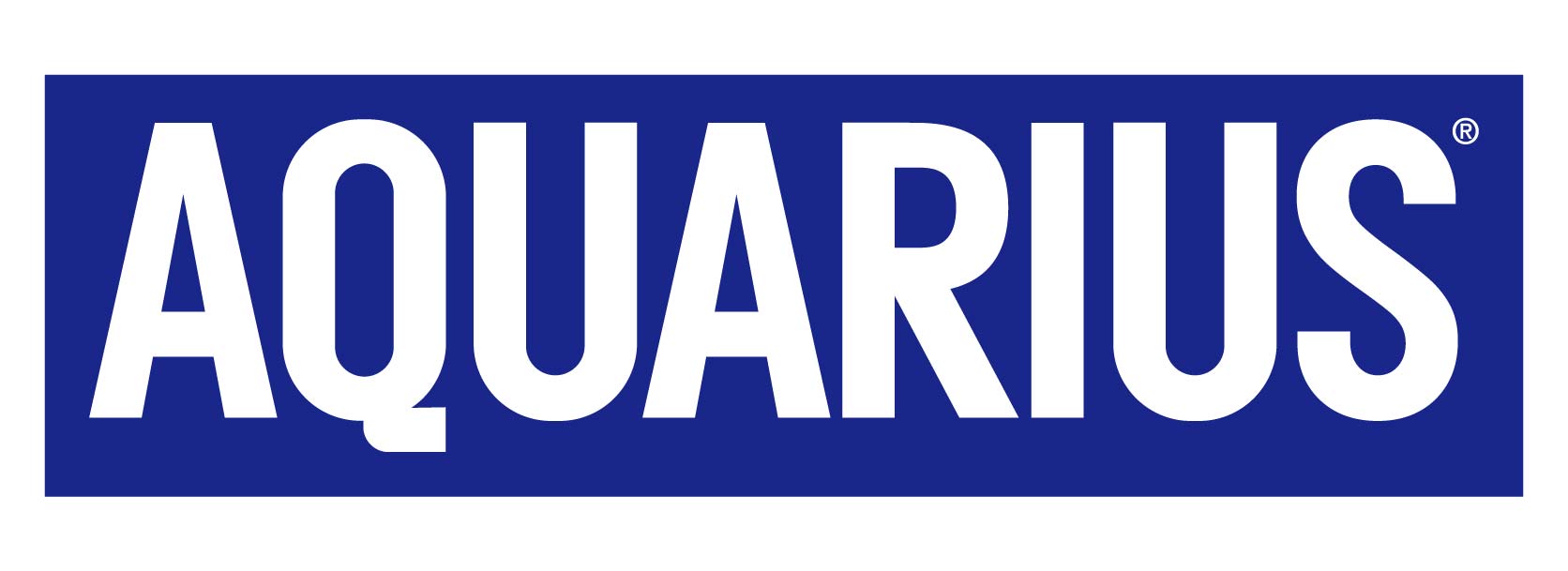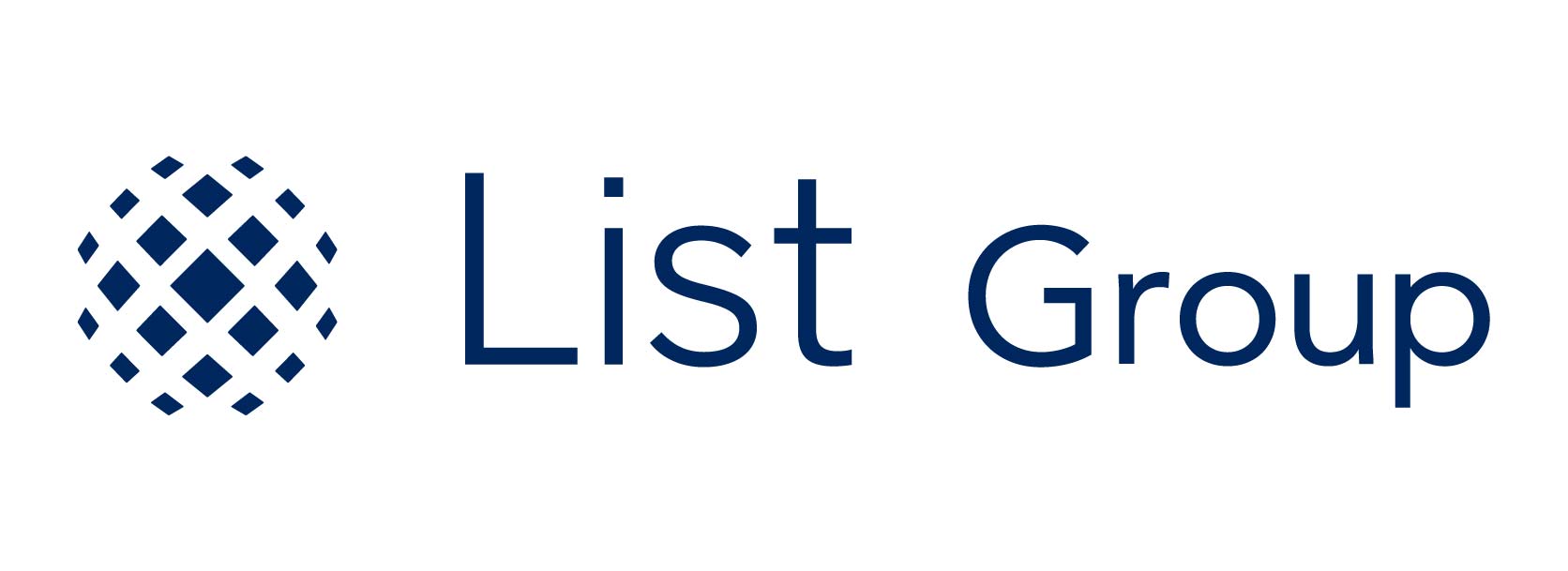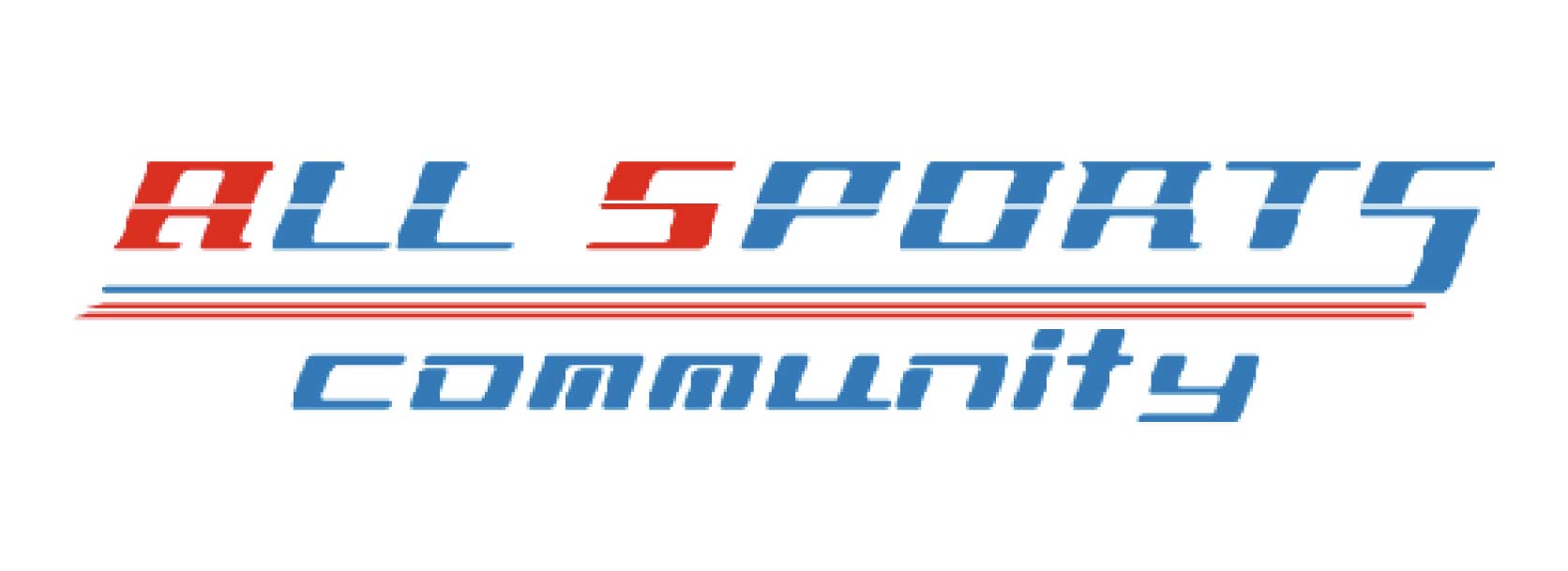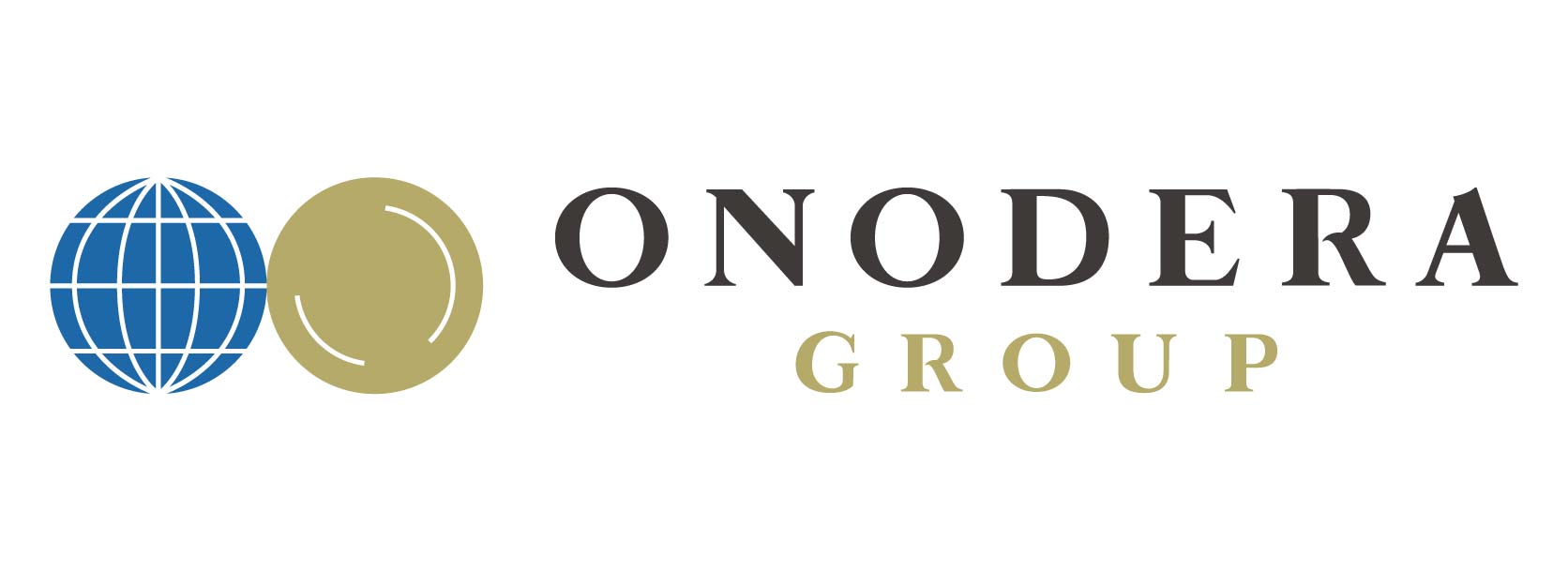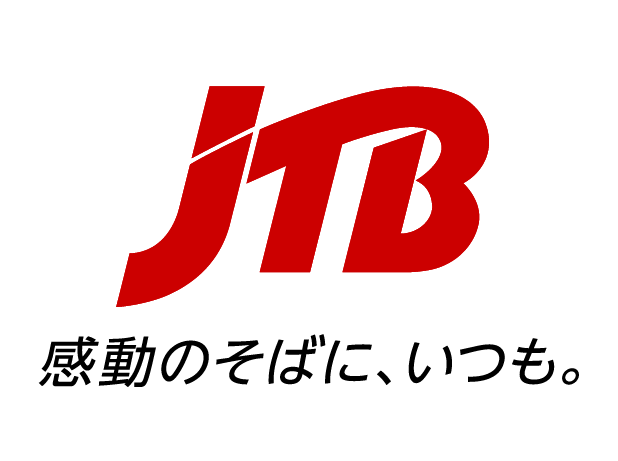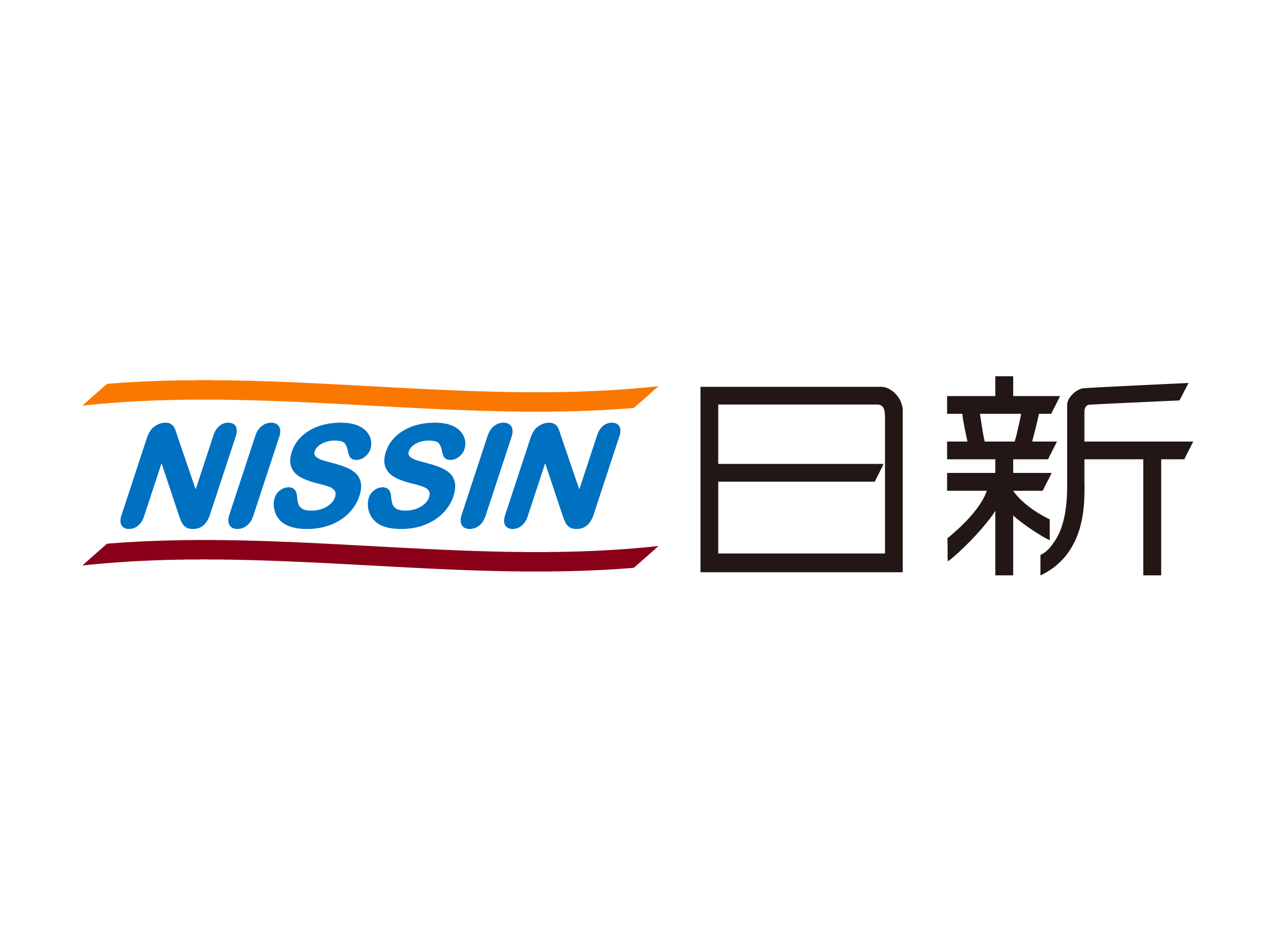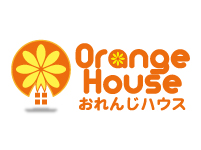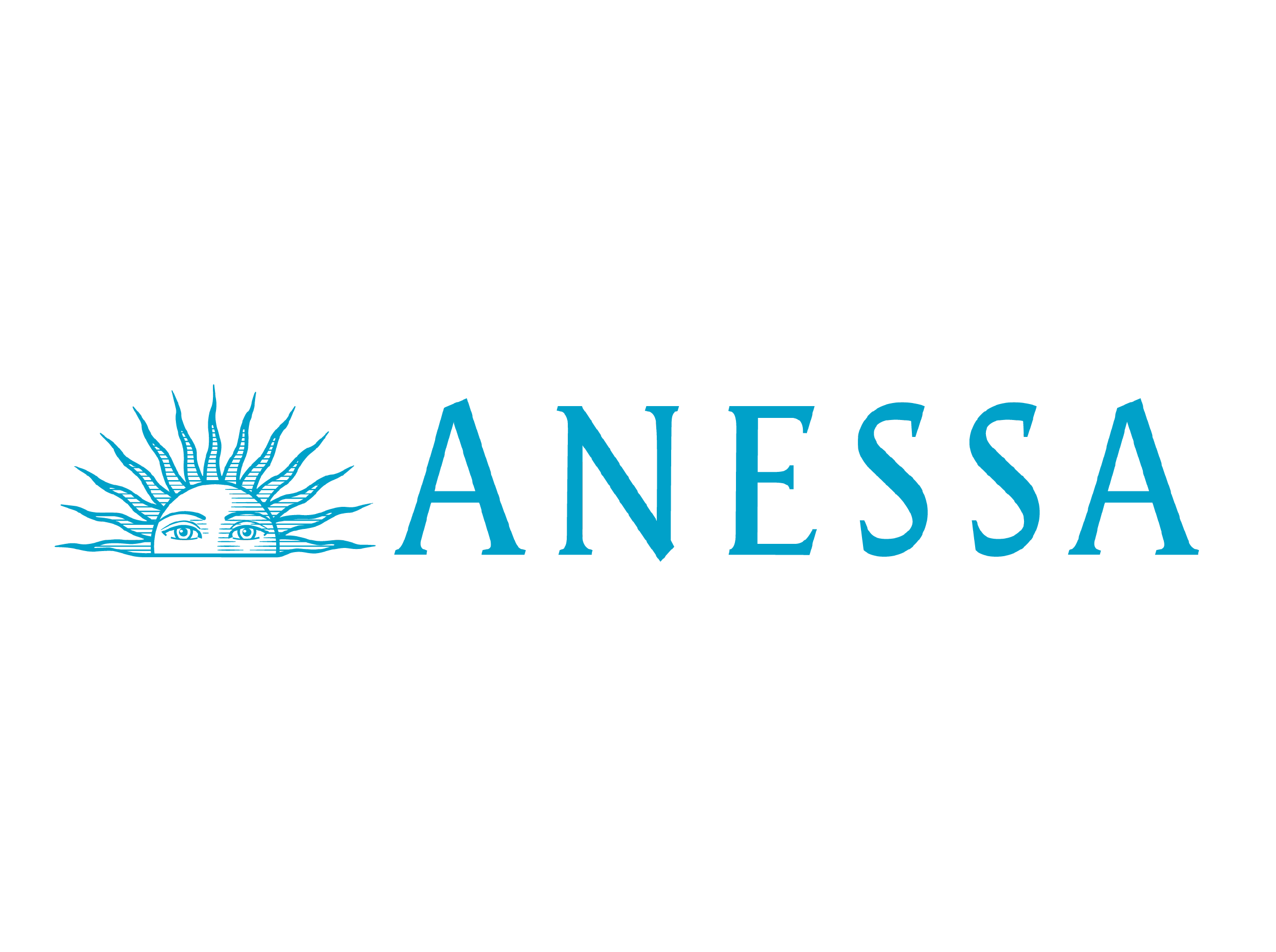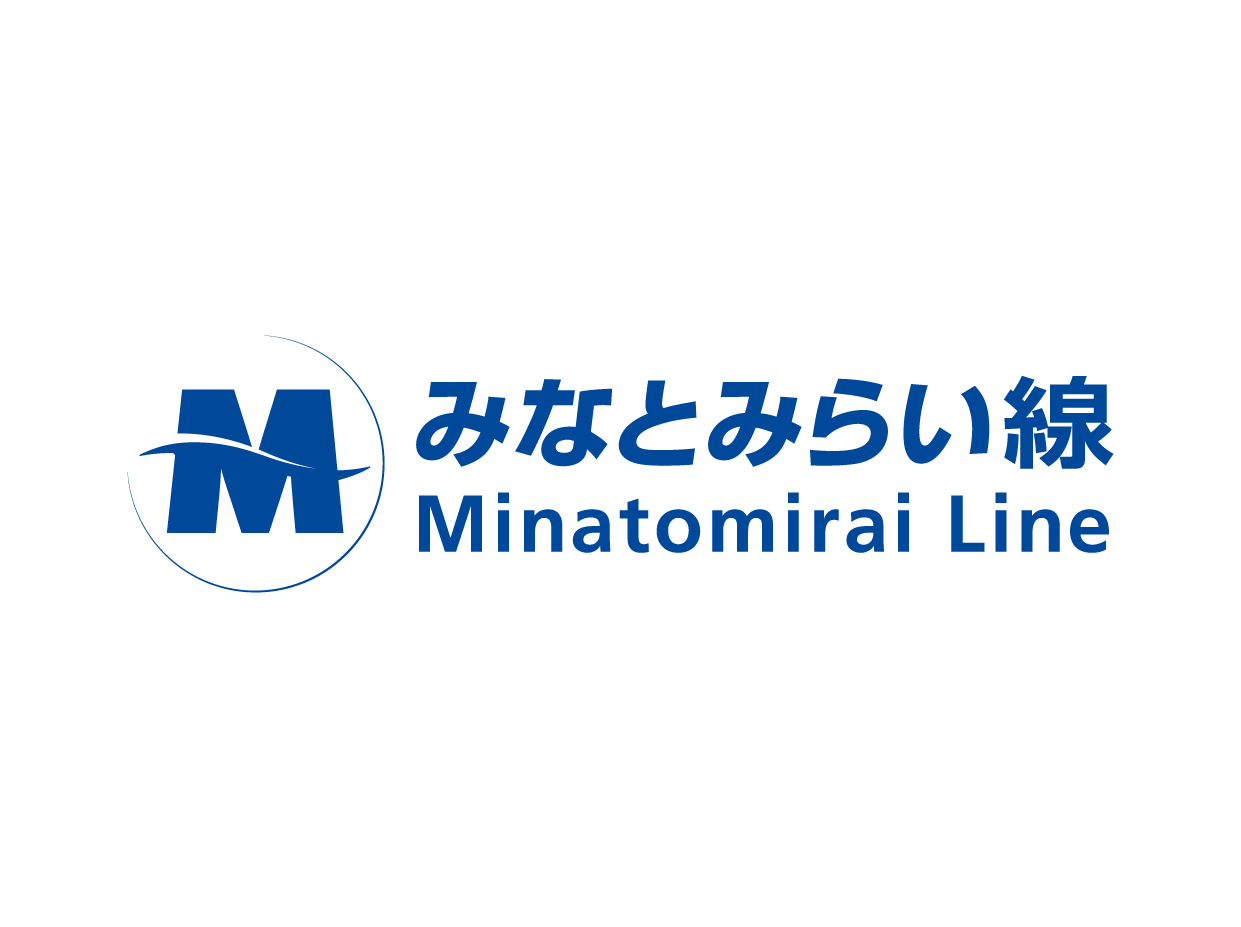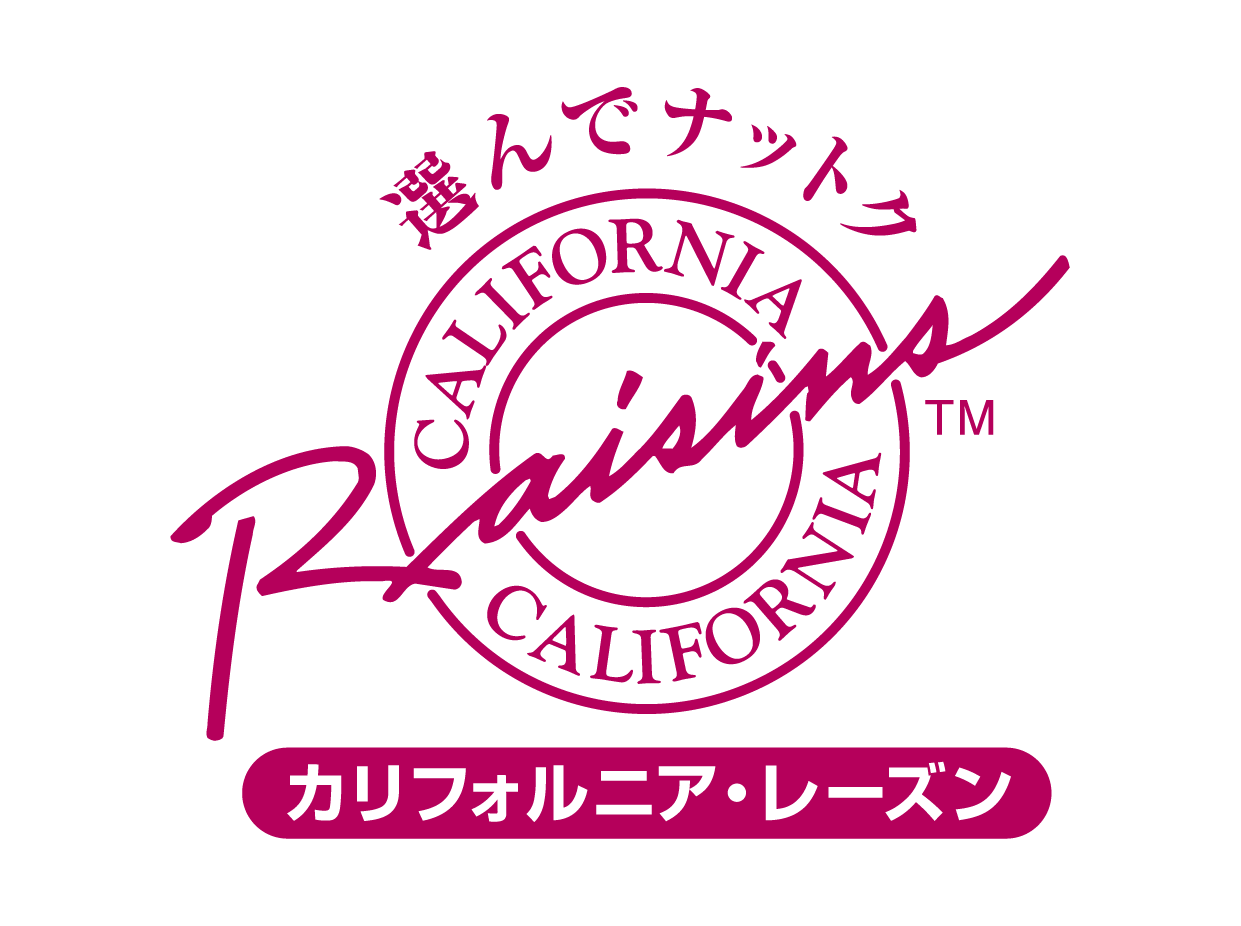Introduction
In the Yokohama Marathon 2025, we hope to reduce as much as possible the risk of rushed overtaking, physical contact between runners, and falling after the start of the race by placing runners of similar running ability in the same start block.
For this purpose, we will ask you to inform your records from past competitions and your estimated time to assess your running ability, which will be used as a reference for block allocation.
In addition, since net time will be used for the official record, participants who start from the back block will be able to start the race in an unhurried pace. We ask for everyone’s cooperation in making this a safe event.
Official record
In the Yokohama Marathon 2025, net time will be the official record.
What is net time
Net time is the time it takes a runner to run the distance from the start to the finish line, rather than all runners’ time measurements being counted from the moment the pistol sounds at the start of the race (gun time).

About the race start
Runners should wait at the designated start blocks and follow the instructions of the staff to start the race.
About start block allocation
The start blocks will be allocated in order of running ability according to the declared time(see below for reference).
Runners who declare their estimated times but are unable to provide proof of past tournament records or provide insufficient records will be asked to line up in the waiting block behind those who provided sufficient records.
Since net time will be used as the official record, we ask applicants to declare their estimated time and records of previous events so that everyone can safely start from the block most suitable their running ability.

About groups
The start block for those who apply as a group of 2 to 5 people will also be determined according to each individual’s declared time.
If group members would like to start from the same block, they will be allocated to the block further in the back where other group members are.
About declared time
Start block allocation according to declared time
Declared time is either past race records that prove running ability (in one of the following: full marathon, half marathon, or 10 km) or the estimated time.
Start block allocation will be determined either by using the
①record from previous races that can prove running ability or the ②estimated time in case there are no past records or the ones provided are insufficient.
Please report your estimated time based on your own running ability and within your attainable range.
In case we discover falsified records have been submitted, we will place the applicant at the tail end start block.
※We ask applicants who declare their records from past races to fill out the estimated time as well.
About verification of past tournament records and time conversion
We will verify the records of past tournaments submitted by the applicant. In cases when the declared time refers to a half marathon or 10km, the start block will be determined based on the converted time equivalent of completing a full marathon, using the following coefficient.
The coefficients are set by the Secretariat based on general methods and literature and past time records of Yokohama Marathon.
【About calculating conversion】
【Conversion example】
each record → converted time
■Full marathon
The record of past races will be used as it is
■Half marathon
The record of past races will be multiplied by 2.5
■10㎞
The record of past races will be multiplied by 5.5
Conversion examples for each record ⇒converted time
■Full marathon
4 hours(×1.0)⇒ 4 hours
■Half marathon
2 hours(×2.5)⇒ 5 hours
■10㎞
60 minutes(×5.5)⇒ 5 hours and 30 minutes
About the estimated time
For applicants who don’t have records to prove running ability, please inform the estimated time according to your running ability at the time of application.
In the past, many runners have declared a target time (the time they aim to complete the marathon) as their estimated time. However, in past Yokohama Marathons the actual time has been on average more than one hour slower than the estimated time at the time of application.
The full marathon requires time for water, food, and using the restroom during the race, so please enter your estimated time including these times. Before registering for the race, we recommend that you actually run about 10 km to reconfirm your own pace for completing the full marathon.
Reference
【About running ability and pace】
When running a full marathon(42.195km), there is a peak of fatigue called the 30/35㎞ wall, which makes it difficult for runner to keep their pace as they advance in the latter half of the race. When the marathon is divided between first and second half, many people tend to slow down, taking an extra 30 minutes to one hour to run the second half. When estimating how fast you can run, it is realistic to figure out what pace you can currently run and add 30 minutes to an hour to that time.
For example: In order to complete a full marathon in 4 hours and 30 minutes running at a constant pace, it would be necessary to run at a pace of 6 minutes 24 seconds/ km. Assuming that the second half will take an additional 30 minutes, it would be necessary to run the first half (21.0975㎞) at a pace of 5 minutes 41 seconds/ km (you would need to run at a pace about 45 seconds faster per kilometer).
【 Completing the race in 4 hours and 30minutes】
・First half(0~21km): pace of 5’41”/km・later half(21~42km): pace of 7’10” /km
※Average pace of 6’24”/km

